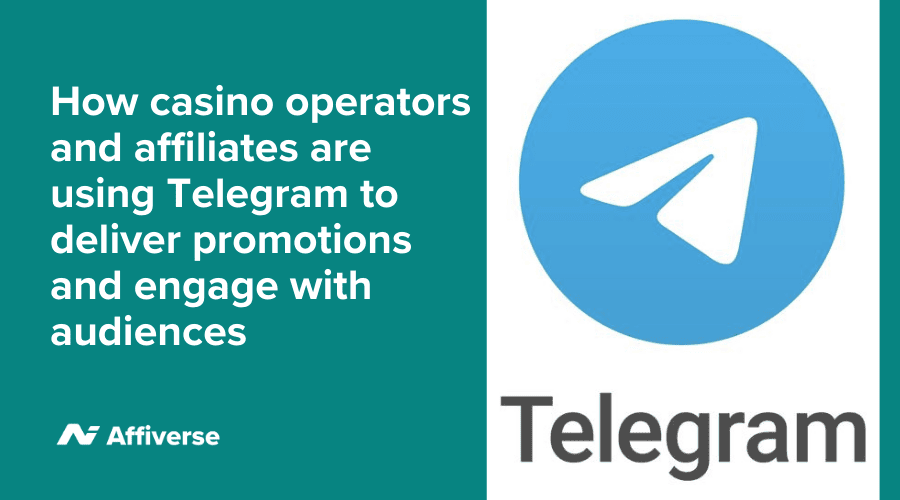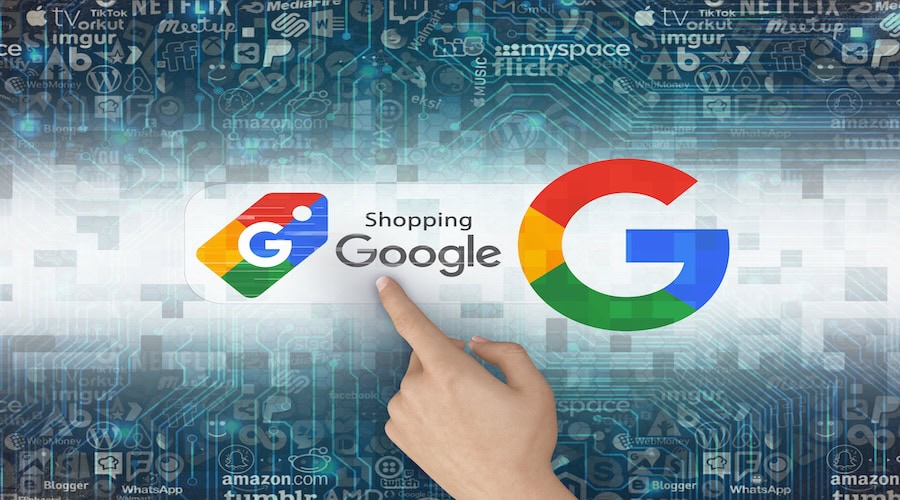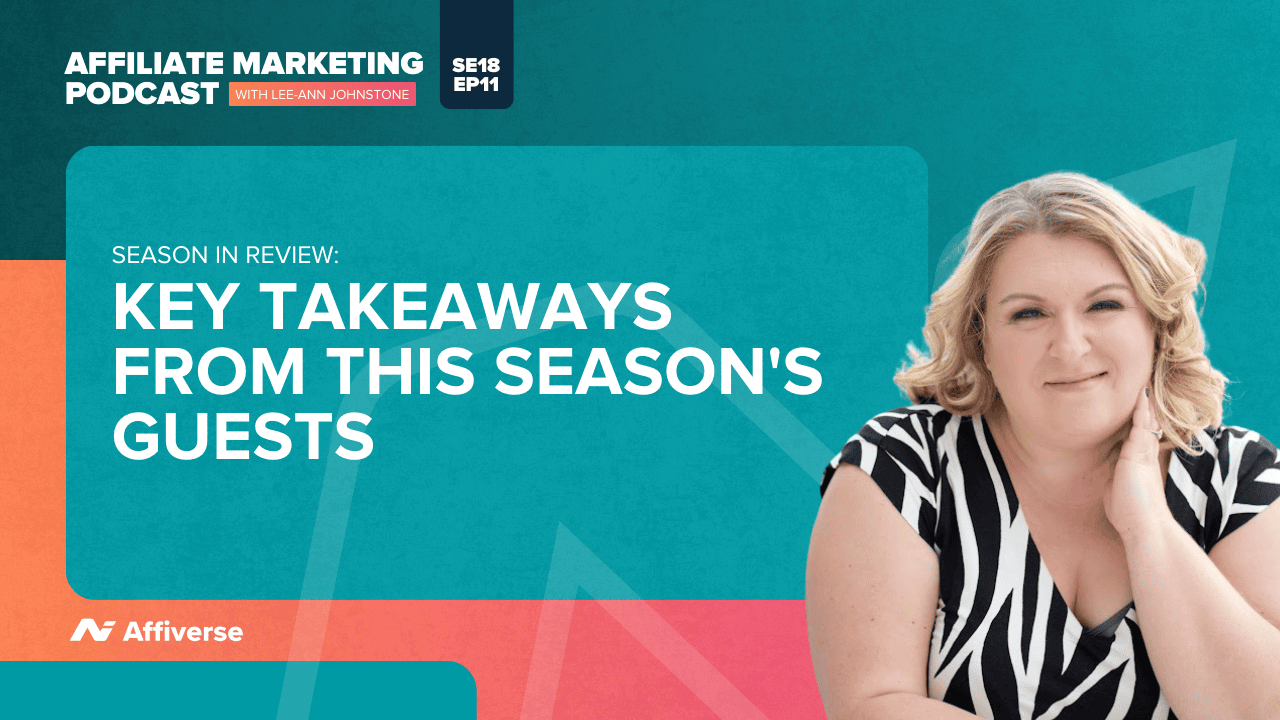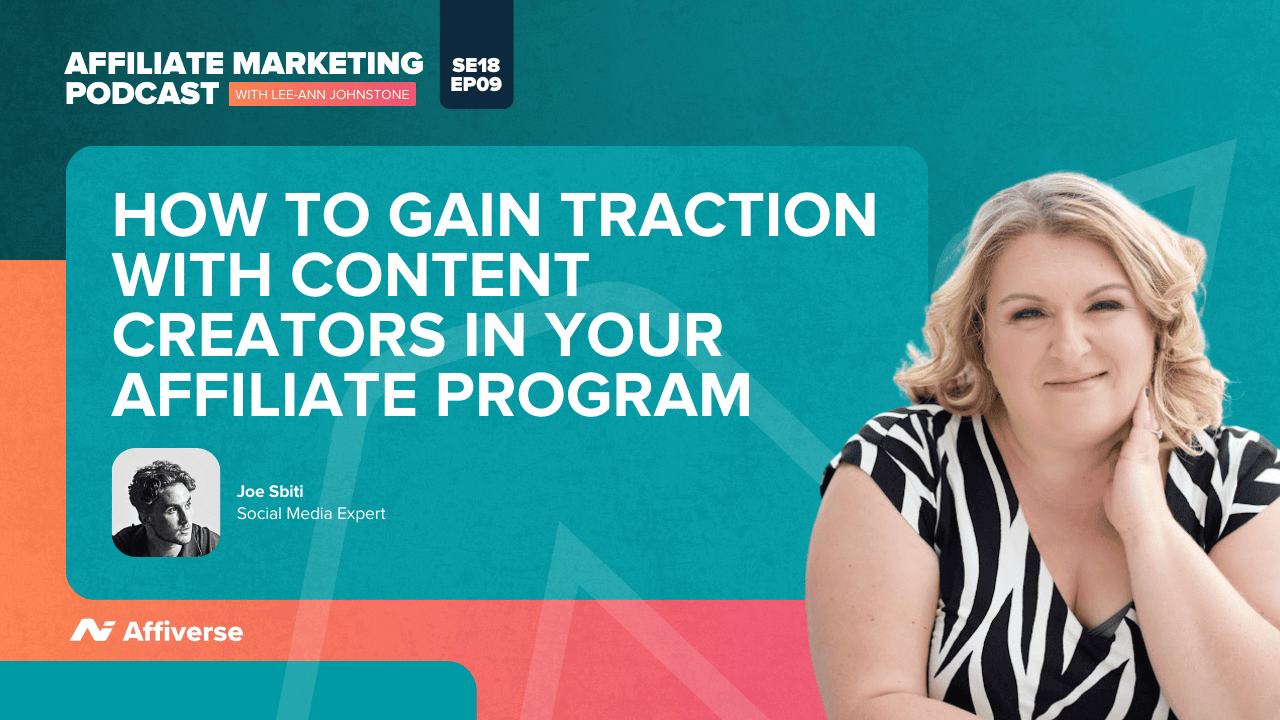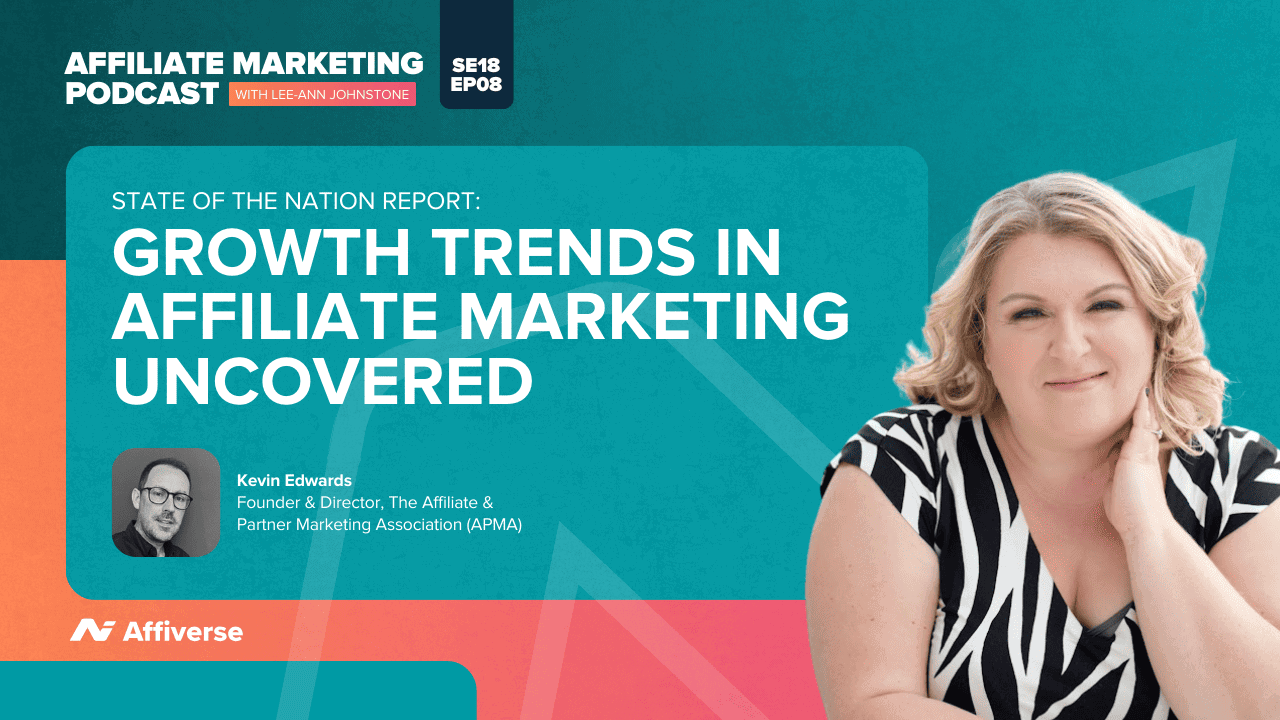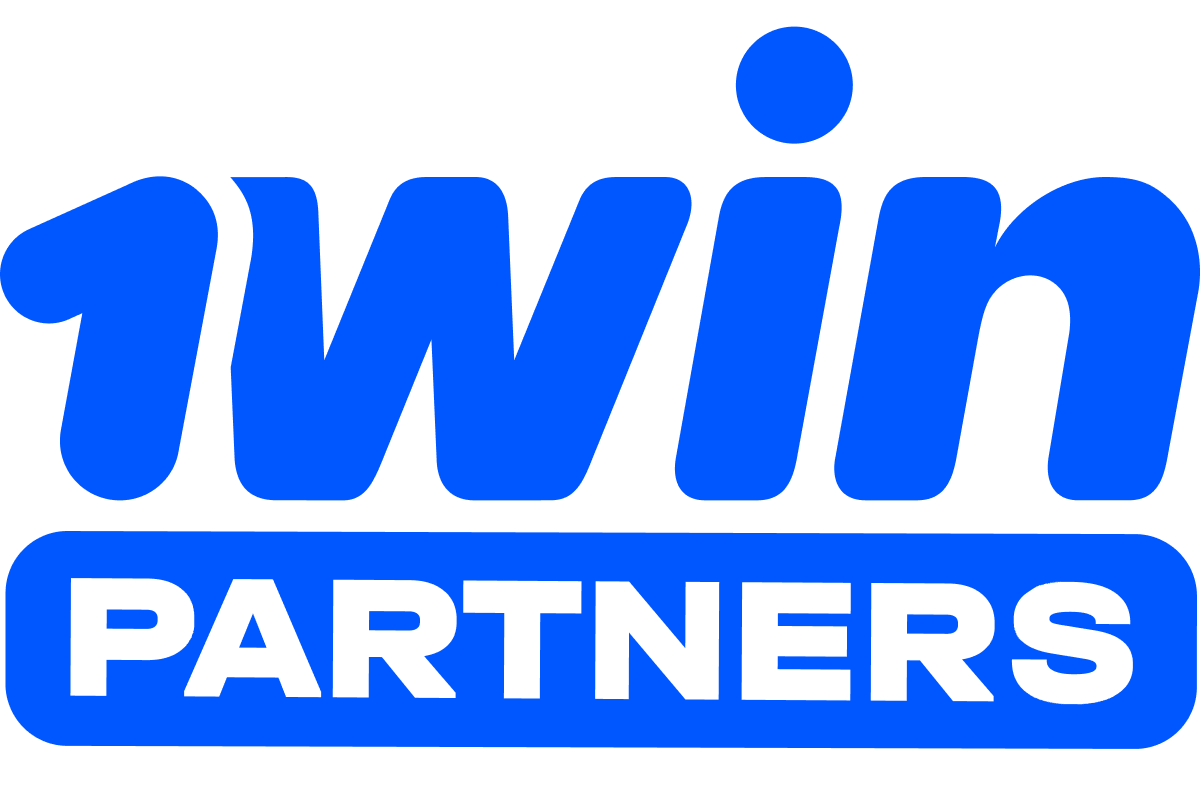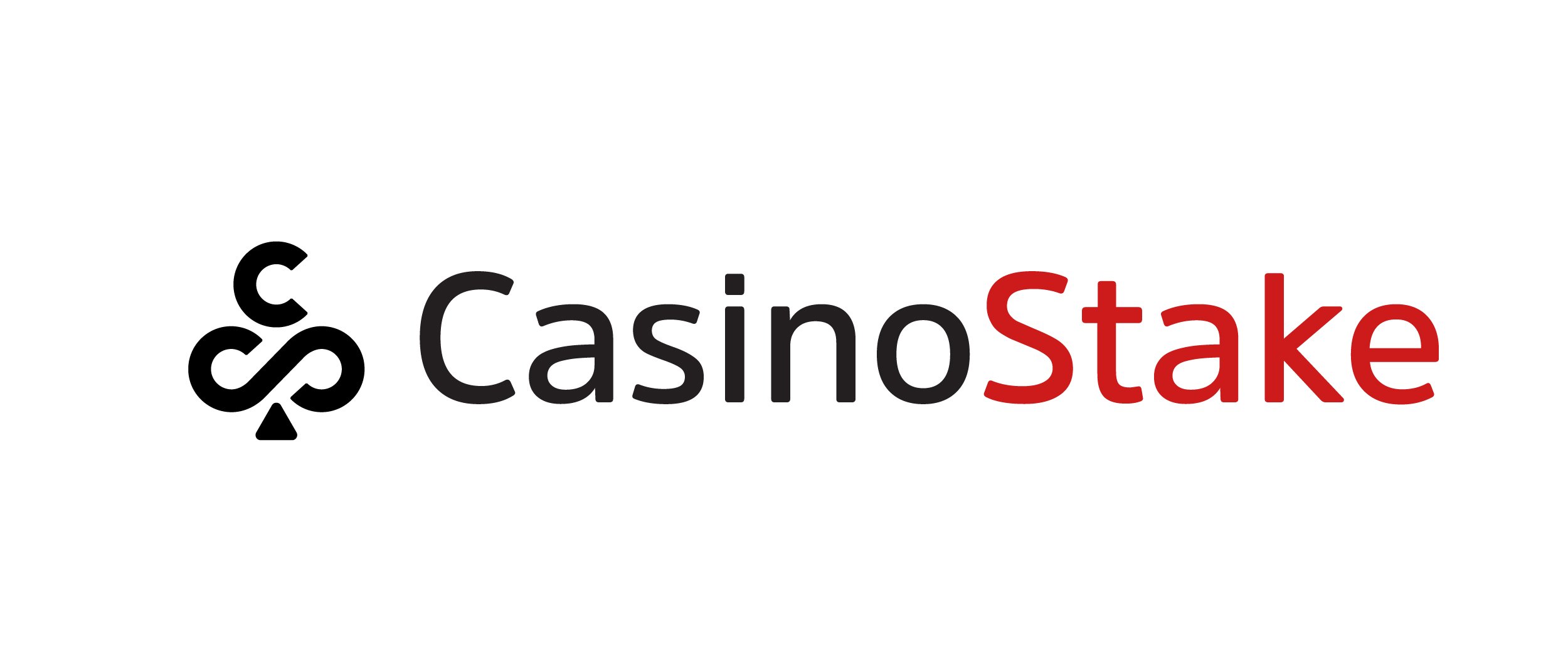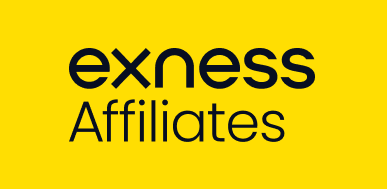As we reported yesterday, Twitch has greatly shaken up live streaming content creators by suggesting implementing mid-roll ads in its streams, causing an uproar on Twitter amongst creators looking to monetize their content.
Amongst the many opinions which were very unfavourable, there was a resounding tone of jumping off the sinking ship of Twitch. Creators warned their peers to get their external forms of monetization figured out so that they don’t have to rely on Twitch for their income and will have the option to move off the platform if their audience is forced off due to the annoying ads.
So, that brings up a question that every creator has to deal with at some point or another: how do I monetize my content? If you were to look at the surface of content creation, you’re going to hear a lot about how YouTube, Twitch, and now TikTok have creator funds, but they are famously only offering pennies. Existing creators have a lot of problems with these creator funds, and often suggest creating other forms of income beyond these platforms.
Well, we’re breaking it down here. We’re showing you the ways you can monetize your content without having to rely on the platform you offer your content to.
Patreon
Patreon is what comes to mind immediately when you consider outside sources of income. Patreon is essentially a paid fansite. Fans can pay to get access to exclusive access, be that behind-the-scenes work, insights into your life, or extra content. Patreon offers tiers, so you can set your price and offer more and more exclusive access as you go up in price, allowing your audience to judge for themselves what is worth their money.
OnlyFans
Despite its initial reputation, OnlyFans has opened up to be for every type of creator. It was simply too good a concept to not go mainstream. OnlyFans allows your audience to pay to see extra content as you release it and subscribe to you in the meantime. Don’t let its reputation put you off. It has become a legitimate way to create content and be paid for it.
Venmo
For our North American creators, there is Venmo. Unfortunately, due to a combination of embracing bank transfers in culture and less of a need for the concept, Venmo isn’t available in the EU. Venmo is essentially PayPal, with a particular focus on paying your friends quickly and simply, usually with a username, so there is no awkward swapping of bank details or mobile phone numbers that no one uses anymore.
But this has been embraced by smaller creators, who display their usernames on their social media accounts for the sake of donations. It was particularly popular during lockdowns when TikTok was just taking off and with it a lot of rising TikTok stars who had the following and the views but no creator fund. With their Venmo displayed, audiences could donate to creators whose work they were watching and appreciated, creating a means for new creators to monetize their content.
Fanhouse and Ko-fi
Fanhouse and Ko-fi are both similar to OnlyFans without the reputation of OnlyFans. Fanhouse in particular has a zero-tolerance policy on nudity. You can accept donations and memberships in trade for content and engagement with your audience.
Fanhouse has become especially popular with Twitch streamers looking to monetize their content due to the trading fees. Where Twitch takes a 50/50 split from donations, meaning only £2.50 of a typical £5 donation is going to the creator, Fanhouse takes only 10%, meaning that they are taking 50p of that £5 donation. Meanwhile, Ko-fi, at the moment, takes 0% of your donations, as it says on their homepage.
However, both Ko-fi and Fanhouse’s content has an angle of “getting to know the real you” and is more about short-form content. Fanhouse is basically looking to syphon users off of Instagram who are tired of the overly polished and disingenuous feel of Instagram culture.
Linktree
And Linktree puts them all together. Linktree is essentially where your audience members can go to find the other options listed in this article. They can click your Linktree link on your YouTube/TikTok/Twitch profile or content and find all your monetizing options and anything else you want to market, whether it’s a merch shop link, a Soundcloud song, your social media accounts, a link to a cause, etc.
Affiliate marketing
Affiliate marketing is one of the most lucrative means for creators to monetize their work. A simple link in a blog post or a shoutout during a video will amount in a commission depending on the number of users you can direct to the target website.
It is easier than you think to get into affiliate marketing. It comes in many forms. You will hear, for example, a smaller YouTuber saying they are a “real YouTuber now” because they got their first brand deal. That is a form of affiliate marketing, where they simply give a shoutout in video content, but there is also affiliate content for blogs.
Starting a dedicated affiliate blog is very simple. The aim is to showcase various brands to your chosen audience. And you can find affiliate programs on lots of brand websites. Gambling sites are especially into affiliate marketing, for example, so you’re likely to see a little “Affiliate” link at the bottom of their website pages where you would also find Terms and Conditions, etc.
If you are looking for more affiliate marketing advice, you can look at our blog, or even tune in to see the Elevate Summit, an industry event on affiliate marketing that we are hosting in June. Or for more personalized information, you can book a free call with a member of our team.





